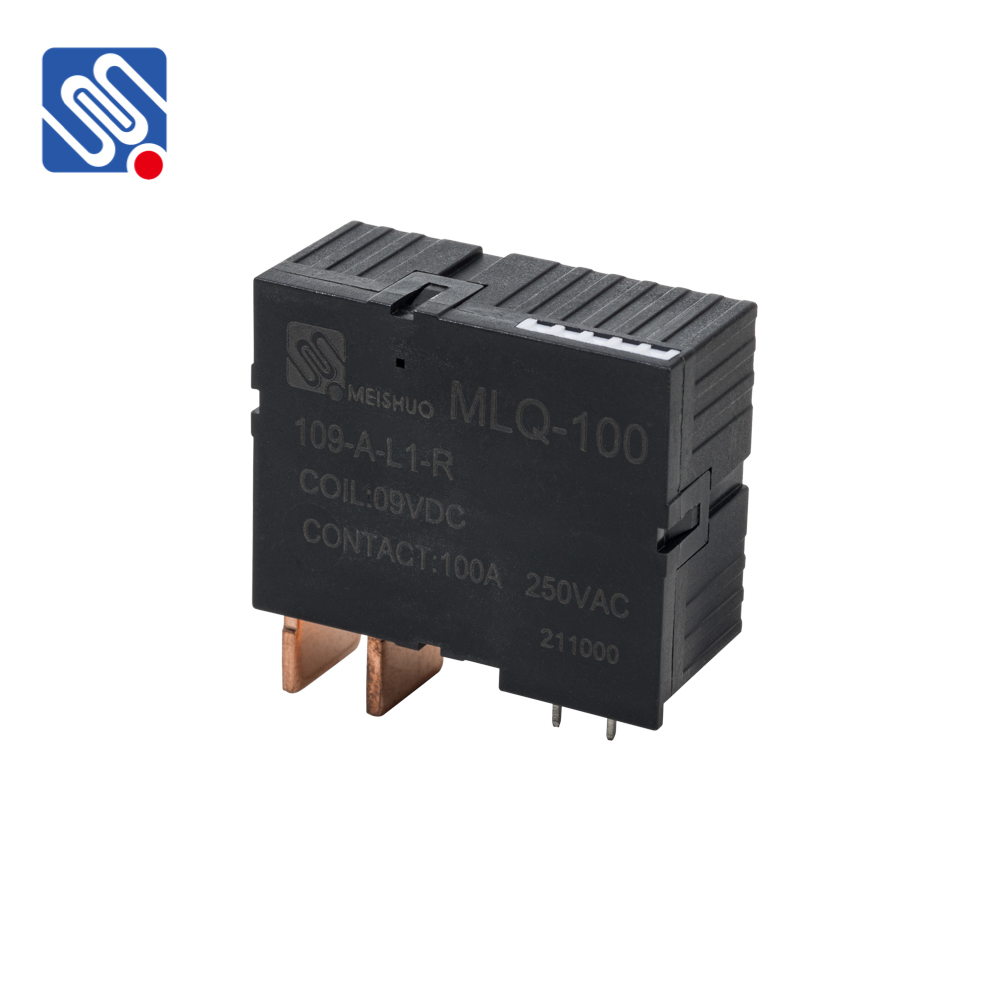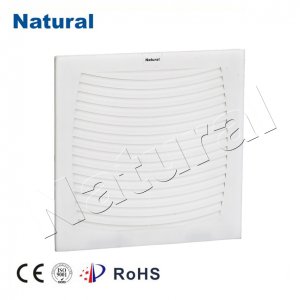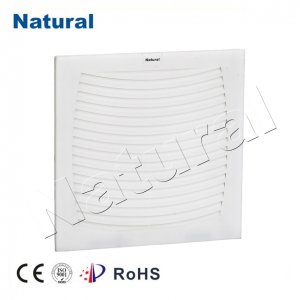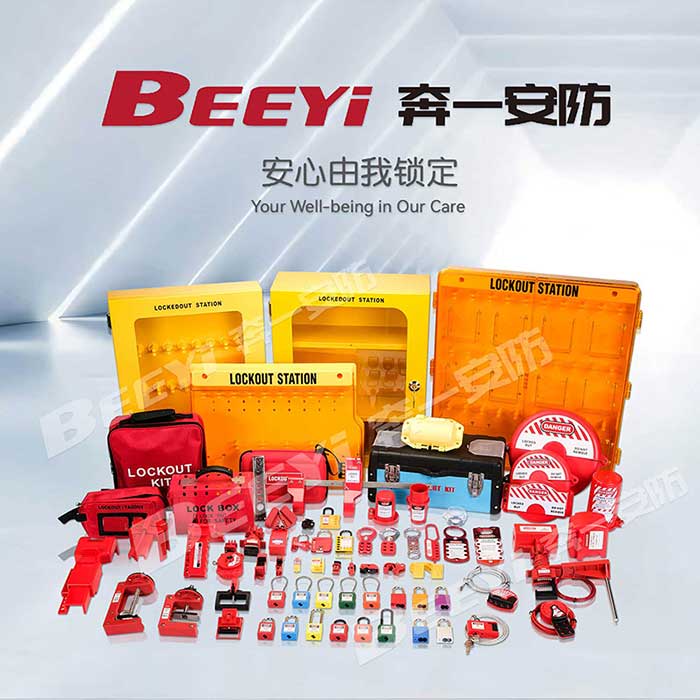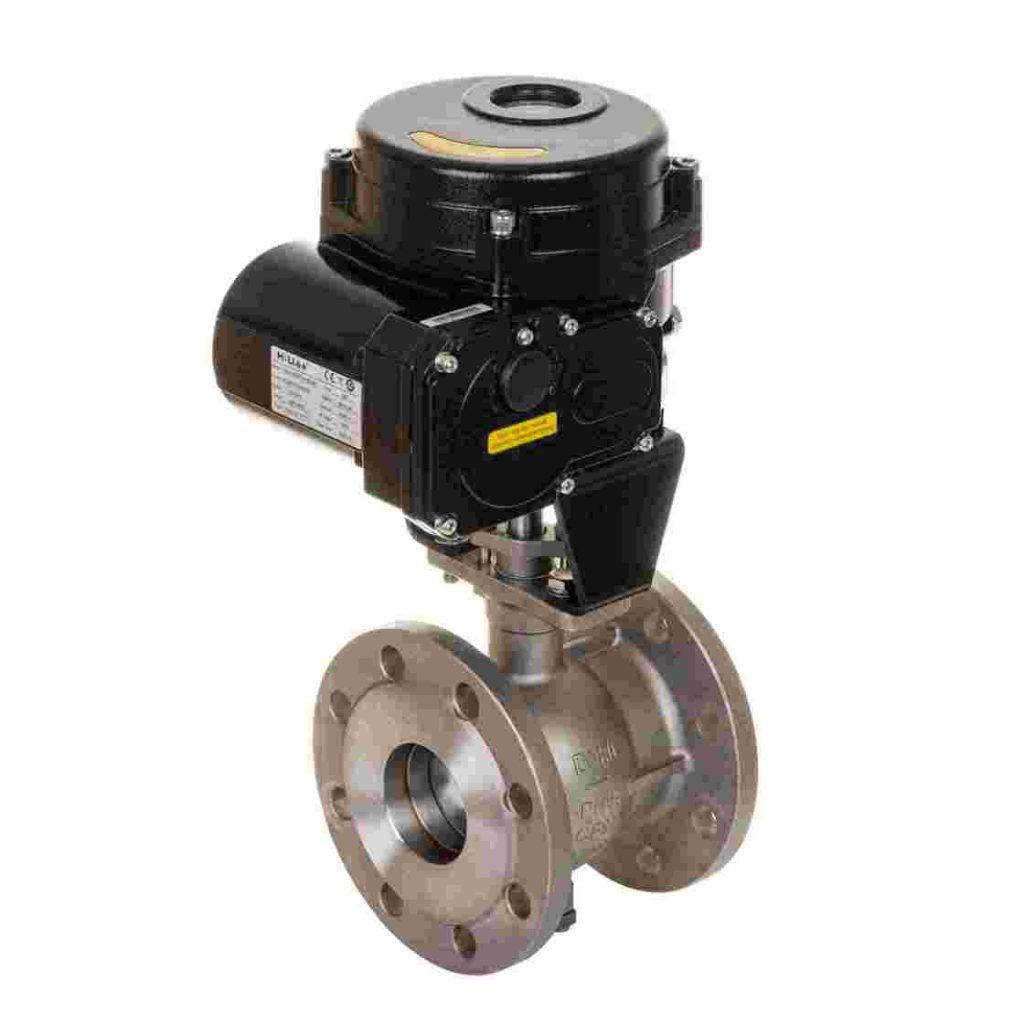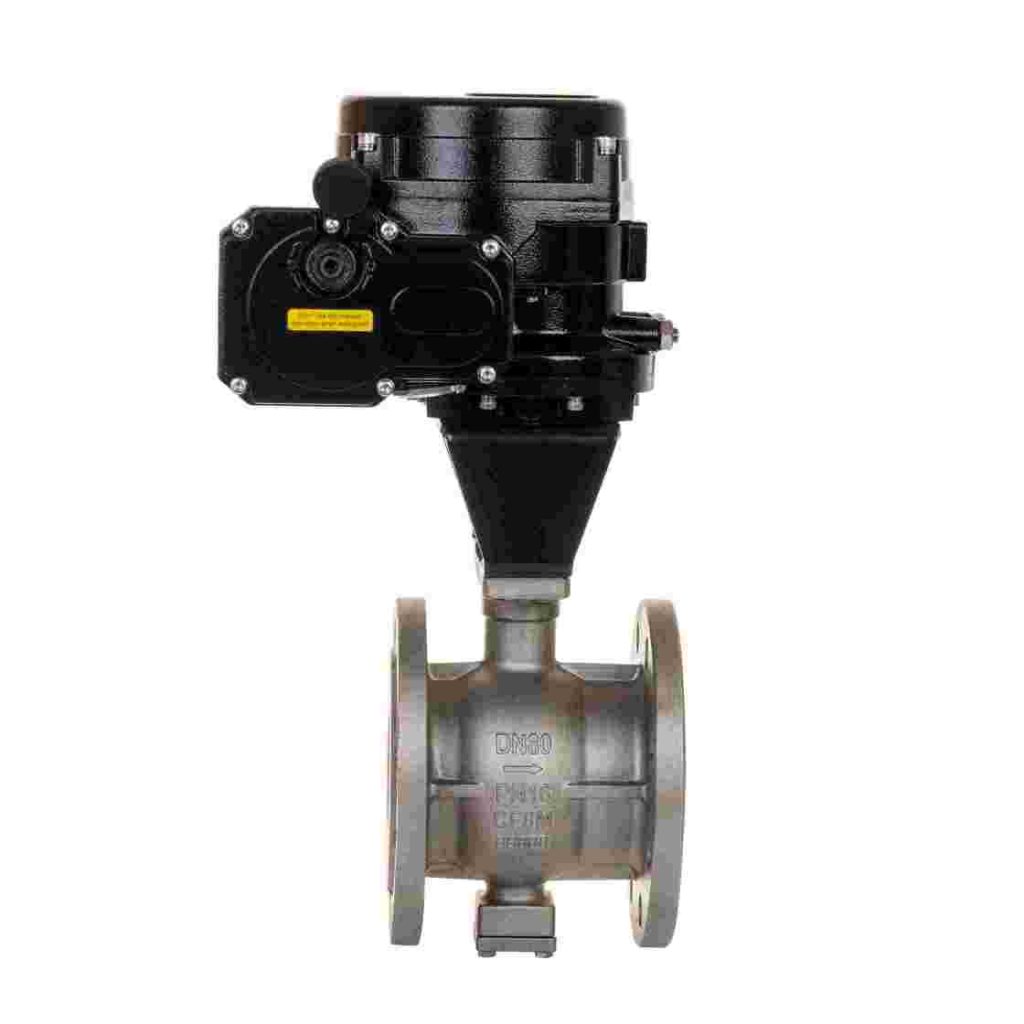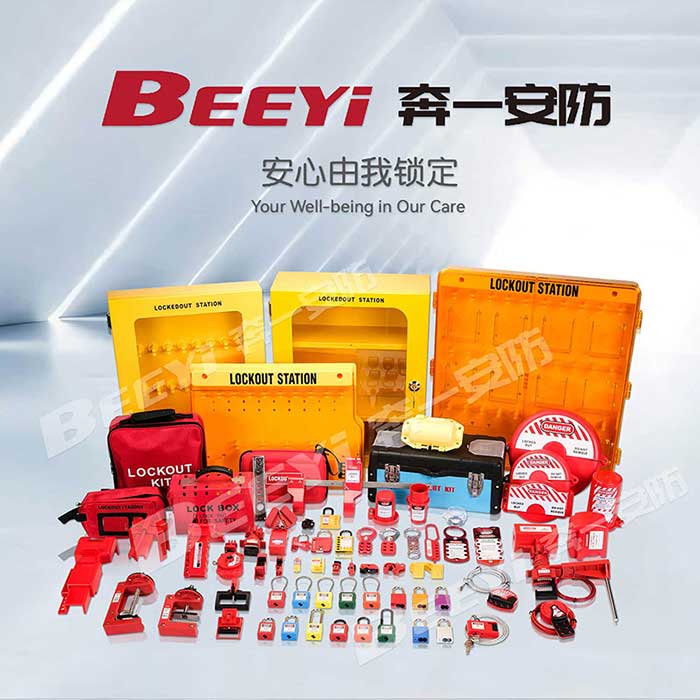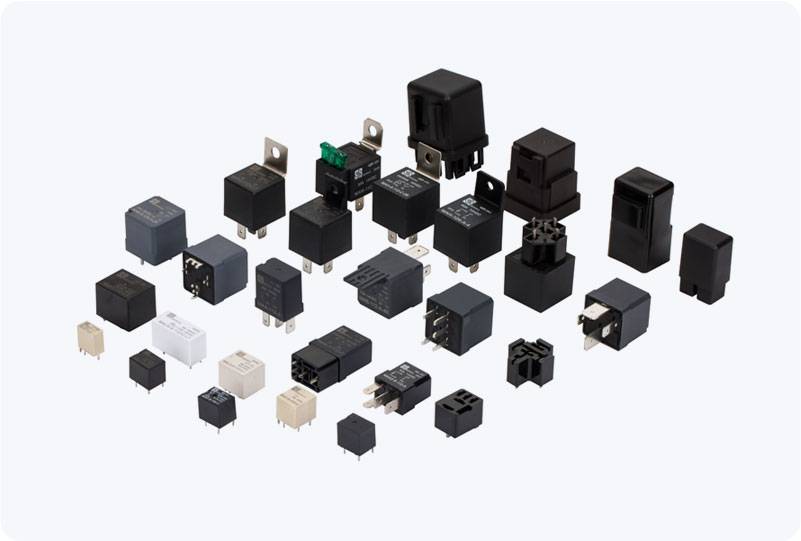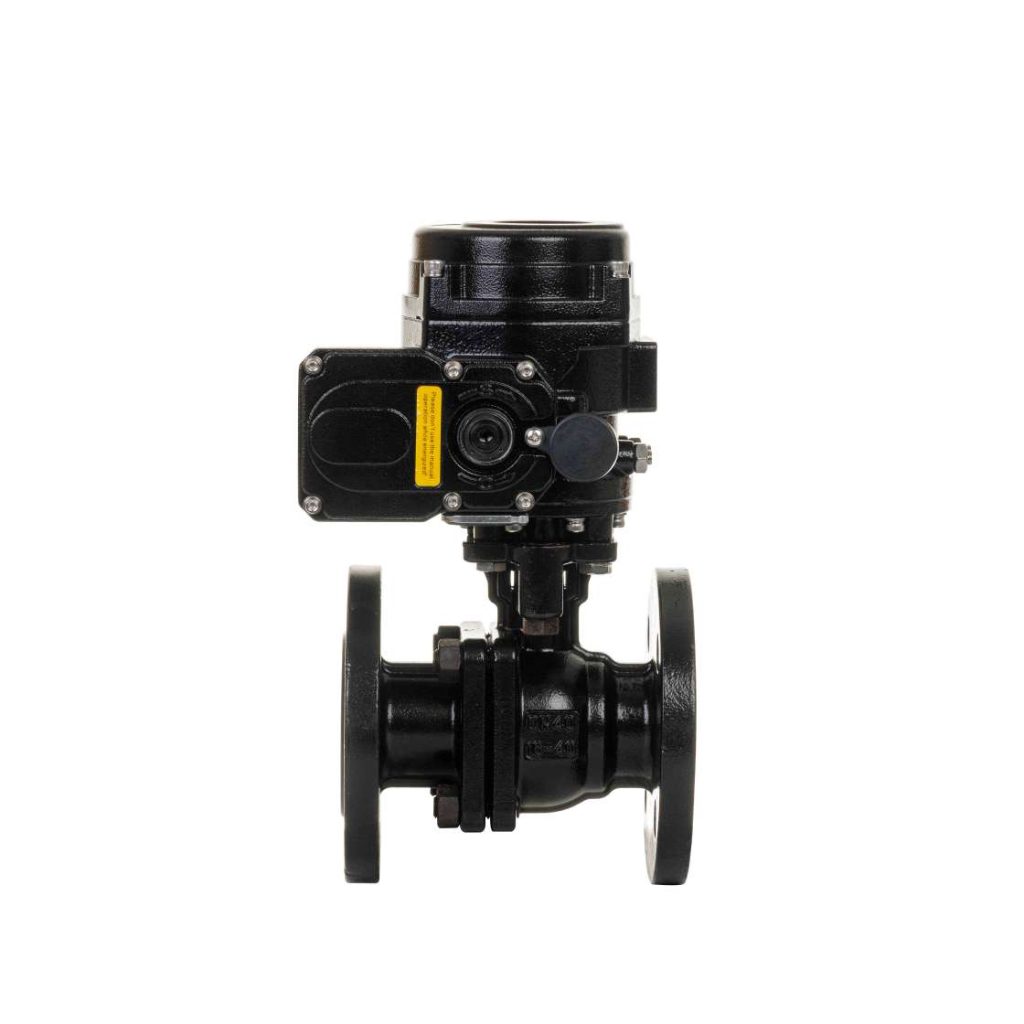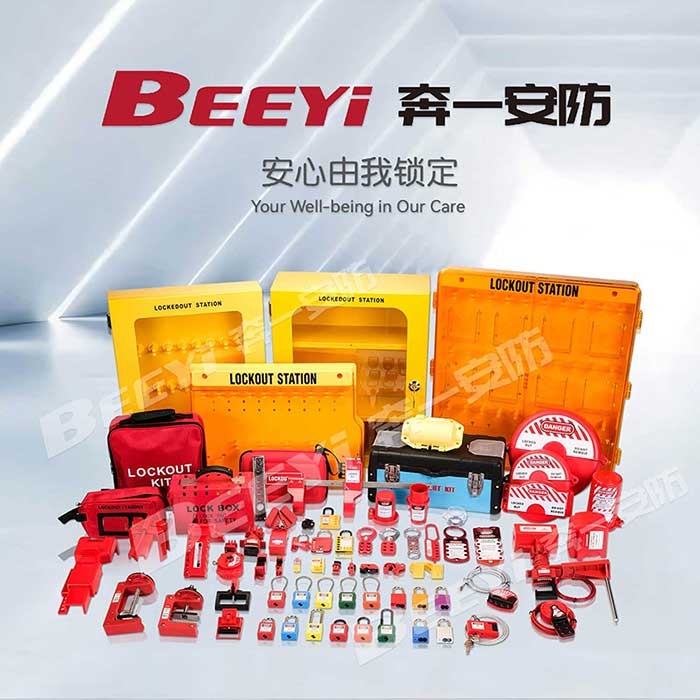China has long been a global leader in manufacturing, and this includes a wide range of safety devices essential to industrial operations. Among these products, pneumatic lockouts are vital components for maintaining the safety of pneumatic systems during maintenance or repair work. As industries worldwide continue to prioritize safety and compliance, the demand for high-quality pneumatic lockouts is on the rise. Chinese OEM manufacturers have been at the forefront of providing these crucial safety devices, offering solutions that meet both local and international standards.

What Are Pneumatic Lockouts? Pneumatic lockouts are safety devices designed to secure pneumatic systems, such as air compressors, valves, and pneumatic machinery, during maintenance. These lockouts prevent unauthorized operation of pneumatic equipment, thus reducing the risk of accidents, injuries, or fatalities. By isolating the pneumatic system, workers can safely perform maintenance tasks without fear of unintentional activation of the equipment. Typically, pneumatic lockouts come in various forms, including valve lockouts, hose lockouts, and actuator lockouts. The type of lockout used depends on the specific pneumatic system and the potential hazards associated with its operation.
